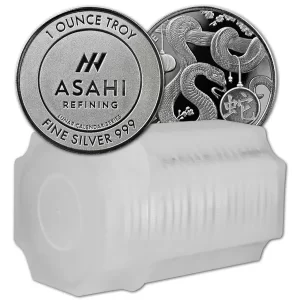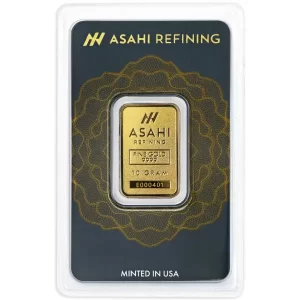What Factors Influence the Price of Gold?
Gold’s price is driven by supply, demand, and investor activity. It appears straightforward, but how these components interact is often surprising. Gold is seen as an inflation hedge by many investors. This makes logical, since paper money loses value as more is created but gold is basically stable. Gold mining adds little to supply each year. It can be easily shaped into coins, bullions, jewelry and in many other forms. Therefore, it is preferred for the purpose of investment as well. The demand is always high for gold because it is rare and precious. It is also expensive as the cost of production associated with it is also high.
Linkage with the rate of inflation
Claude B. Erb of the NBER and Campbell Harvey of Duke’s Fuqua School of Business have investigated the gold price. Gold doesn’t predict inflation. Inflation doesn’t imply gold is a great choice. The price of gold peaked in 2011 at $1,895 an ounce and has seen ups and downs since that time. During the Great Recession, gold prices rose even as the economy recovered. In early 2020, prices fetched $1575 (USD/ounce) – up from $800 an ounce in 2000.
Erb and Harvey mention gold’s price elasticity in The Golden Dilemma. As more individuals acquire gold, its price rises to meet demand. It also suggests gold lacks “fundamentals.”
That doesn’t imply gold prices are random or herd driven. Gold is a global commodity like oil or coffee, and certain variables impact its supply.
Factors Involved in Supply
Gold is considered one of the most precious metals in the world, and its value rises and falls with the price of gold. Unlike oil or coffee, however, gold isn’t consumed. Instead, it ends up in a drawer somewhere because people don’t regularly exchange it for jewelry. When prices are high, the demand for jewelry falls relative to investor demand.
The Country’s Central Banks
Hug thinks central banks drive gold prices. A central bank will cut its gold holdings when foreign currency reserves are high, and the economy is strong. Central banks have a challenge when investors aren’t interested in gold. A central bank is always on the wrong side of the transaction, even when it should sell gold. Gold’s price drops.
Central banks have managed gold sales cartel-style to prevent disturbing the market. The Washington Agreement limits banks to 400 metric tonnes a year. It’s not binding since it’s not a treaty; rather, it’s a gentleman’s agreement in the interests of central banks, because dumping too much gold at once would hurt their portfolios.
Exchange-traded funds (ETFs)
In addition to central banks, exchange-traded funds (ETFs) like SPDR Gold Shares (GLD) and iShares Gold Trust (IAU) are big gold purchasers and sellers. Both ETFs trade like stocks and measure holdings in ounces of gold. Still, these ETFs are supposed to reflect gold prices, not influence them.
Considering Your Portfolio
Hug said that when it comes to portfolios, a good question for investors to ask is what the point of buying gold is. As a way to protect against inflation, it doesn’t work well. But as one part of a larger portfolio, gold is a good way to spread risk. It’s simply important to know what it can and can’t do.
In real terms, gold prices peaked in 1980, when the price of an ounce of the metal hit nearly $2,000 (in 2014 dollars). Anyone who bought gold then has been losing money ever since. On the other hand, investors who bought it in 1983 or 2005 would be happy to sell now. Also, it’s worth noting that the “rules” of portfolio management apply to gold as well. The total number of ounces of gold one owns should change with the price. If, for example, you want 2% of your portfolio to be in gold, you need to sell when the price goes up and buy when it goes down.
Conserving its worth
The purchasing power of gold has stayed constant over 2,000 years, researchers have found. Roman soldiers were paid 2.31 ounces of gold per year, while centurions got 38.58 ounces. At $1,600 per ounce, a Roman soldier got the equivalent of $3,704 per year; a U.S. Army private gets about 11 ounces. The rate of return of 0.02% per year is essentially zero.
The Crucial Points to Consider
When looking at gold prices, it’s probably a good idea to look at how well the economies of different countries are doing. As things get worse in the economy, the price will (usually) go up. Gold is a commodity that isn’t tied to anything else. When added to a portfolio in small amounts, it helps to spread out the risk.
 Hi,
Hi,





















